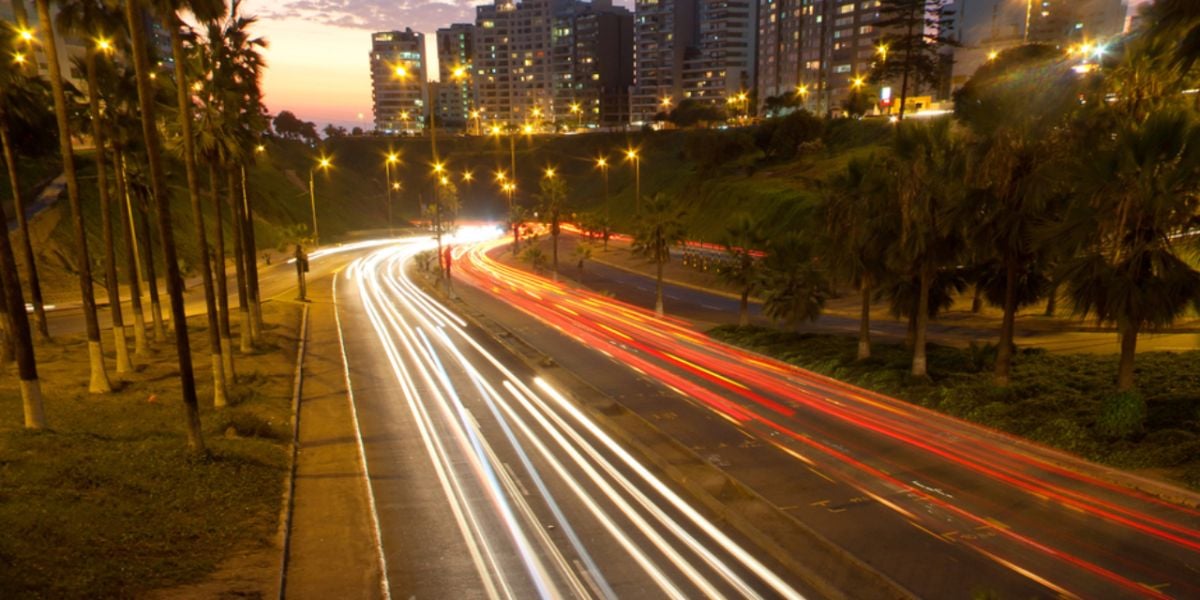
Once you have settled in Peru, you will probably want to find ways to explore and move around the country, whether for work or for pleasure, exploring the diversity and many attractions of the beautiful country.
Peru is a large country, with difficult terrain to traverse ' the Andes mountains create a spine from north to south, separating the desert coastline from the subtropical Amazon. In spite of the difficult terrain, there is a good network of transport connecting major cities and regions including buses, taxis, flights, and boats.
Bus
Buses are the main and most popular mode of transport in Peru. Most of the country, from large cities to small villages, are served by bus lines. Although they take much longer than flying, they are extremely economical. Other than the major cities, most towns and villages do not have a central station, but you are likely to find bus stops everywhere.
Most major cities are linked to one another by national bus companies. These provide comfortable buses with different ticketing levels (economy class, VIP, or imperial). Buses covering long trips also provide bunker seats, toilets, and sometimes even wifi, air-conditioning, and meals to their passengers.
Local and regional bus schedules are particularly random. Buses are likely to stop anywhere in the streets upon passengers requests, and not necessarily at bus stops.
Bus fares generally vary according to the season and the bus company. During the off-peak period, fares are lowered, but these can double during the peak season and on public holidays. You can check some bus fares and book tickets on the bus companies' websites.
Train
Peru is not a country with extensive train lines. They tend to be concentrated in tourist areas. There is a train line, for instance, linking Cuzco to Aguas Calientes, with trains operated by PeruRail and IncaRail. Another line links Cuzco to Puno and on to Arequipa with a day service and luxury sleeper service available. From Lima, there is one train line to Huancayo. However, their availability is extremely limited, with services twice a month.
Taxi
Taxis can be found in most Peruvian cities, both formal taxis displaying their company's number on their roof and informal taxis which can be distinguished thanks to a sticker on their windscreen. Peruvian taxis are not equipped with a meter. Therefore, you are advised to negotiate the fare with the driver before getting into the vehicle.
Colectivos
You will also find colectivos which are shared taxis usually in the form of small minivans. These can operate according to a quota of five passengers per trip. Collectivos are more affordable than taxis and are often faster than buses. Combis, which are 20-seats buses, are also available in many regions.
Airplane
Domestic flights are provided by several national companies, namely LATAM, Peruvian Airlines, and Star Peru. These link the capital city, Lima, to the regional capital cities. Some flights even serve provincial cities on a limited basis.
Given the country's topography and size, flying is often the best means of transport for travel between regions. And advanced booking is highly recommended. You can find airline companies and travel agencies in most cities. Many airlines offer lower fares for residents, which includes expatriates with residency cards, which must be shown at the airport at check-in.
Boat
In the Amazon regions of Peru, boats link many towns and communities that are inaccessible by road. There are large commercial vessels as well as small motorized canoes known as peki-pekis, that serve as taxis.
For longer trips, you can find commercial vessels at the ports, with boat names, destinations, and scheduled displayed on boards. Most are equipped with sanitary facilities, meals, etc.
Useful links:
Ferrocarril Central Andino ' Peruvian Railway Network
PeruRail
IncaRail
LATAM
Peruvian Airlines
Star Peru
Red Bus
Grupo Ormeno
Transportes Linea
Oltursa
We do our best to provide accurate and up to date information. However, if you have noticed any inaccuracies in this article, please let us know in the comments section below.








